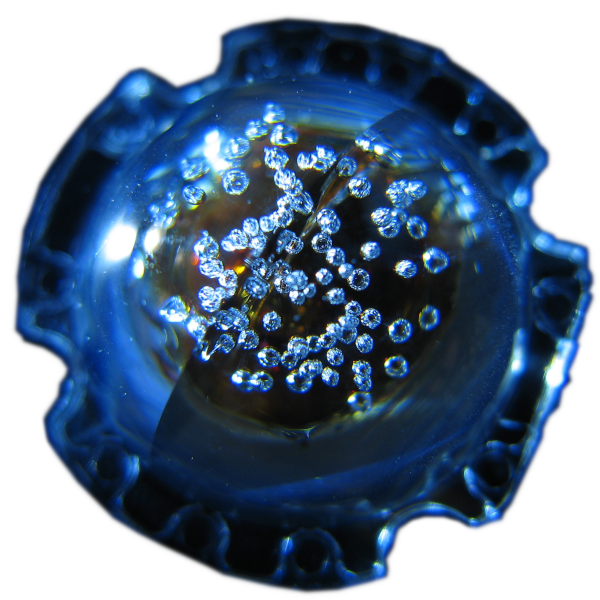Let’s make this simple:
The purpose of the Resolution app is to
- collect some statistics to better understand what users of their phones can and can’t see in relation to their screen resolution/density.
- give users a better understanding of what they, personally, can see. So that they can make more informed purchasing decisions.
So the TL;DR is that the following data is collected:
- How you performed in the tests.
- Various metrics to derive how confidently you saw the target.
- Optional questions for context in interpreting the data.
- Make, model and screen resolution of the device.
All data is anonymous and has no way of tying the data back to you.
Read on for more detail.
What data is collected
This is the stuff that is collected:
- From each test:
- The touch
- Whether you successfully got close enough to the target to pass the test? How close? And how many attempts did it take you?
- How did your finger move while touching the target? Eg Did you poke it with super-human accuracy? Did you slide to your choice? Or somewhere in between?
- How long did it take you to complete each test? And how many attempts?
- What is the smallest size that you were able to achieve?
- How did the device move while you were completing the tests?
- A generated confidence score. This is highly experimental, but is intended to gauge how confidently you are finding the target.
- The touch
- Questions - These are all optional, but are appreciated when you want to fill them in. They cover things like:
- Lighting conditions.
- How you are using your device. (Eg screen brightness, how far away it is from your face.)
- Whether your display is reflective.
- Whether you have an untreated vision impairment that would affect the results.
- Your approximate age bracket.
- Make, model, and screen resolution of the device. - These tests would be pretty meaningless without this.
- A randomly generated ID for de-duplication.
The randomly generated ID
This ID is generated on the first time you perform a test, and is used for subsequent tests that you perform. It’s used for de-duplication (ie If you have performed several tests, and analysis needs one test per device, the latest one can be chosen for each device.)
This ID is entirely random and has no relationship with anything else about the device, or you. It can not be traced back to you.
But if you’d like to clear it; you can do so by clearing the data associated with the app. Here are some instructions for clearing app data. There will be an option to do this within the app in the future, but this will do for now.
Why?
We can divide every piece of data into at least one of two motivations:
- To understand how confidently you were able to see each target.
- To understand the context in which you performed the test. Eg a dim screen in a bright environment with heavy reflections while on a moving bus is going to give very different results to sitting in a dark room with the brightness set appropriately for reading.
Data stored on your device
Previous test results are stored on your device. The intention is to make these browsable and deletable in the future, although this isn’t available at launch.
If at any point in time, you want this data gone; You can get rid of it by following instructions for clearing app data.

